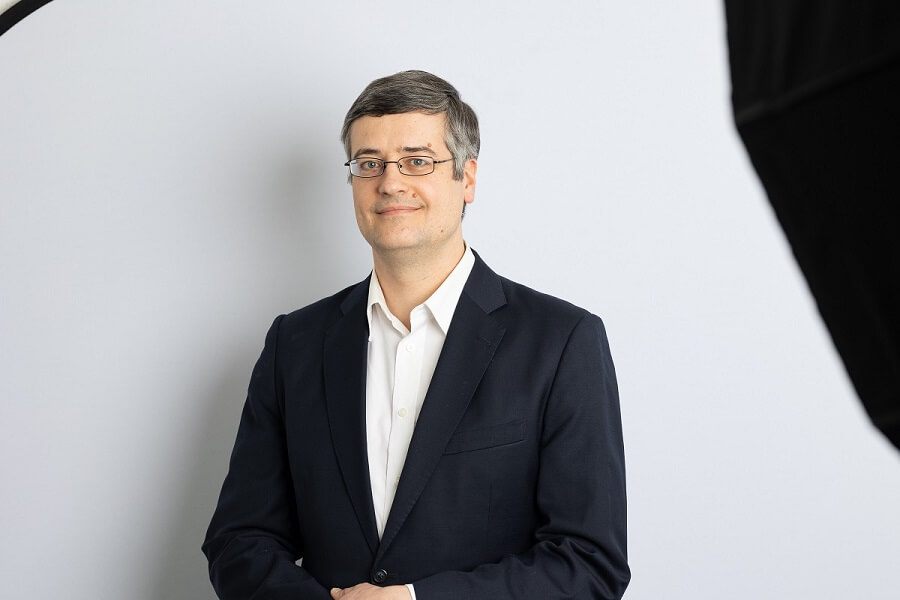The financial and innovation news late last week and over the weekend was dominated by the spectacular collapse of Silicon Valley Bank (SVB), prompting widespread concern about the U.S. innovation ecosystem and broader financial markets.
What happened?
SVB, which largely served venture capital (VC) firms and venture-backed startups in the U.S., failed and was taken over by the U.S. government’s Federal Deposit Insurance Corporation (FDIC). SVB fell victim to interest rate increases, which hurt it in two ways. Most obviously, higher rates took the froth out of VC funding, so SVB began seeing net outflows rather than net inflows of deposits from customers formerly flush with cash. In addition, though, in boom times, it had parked many of its assets in bonds — safe assets, but ones that fell in value as rates rose, weakening its balance sheet.
When it announced fundraising plans to address the issue, some depositors got nervous and kicked off a classic bank run, ultimately forcing the FDIC to step in on Friday, March 10. After a nervous weekend, on the evening of Sunday, March 12, the U.S. Treasury, Federal Reserve, and FDIC issued a statement saying that all depositors would be made whole — even those with deposits exceeding the officially insured USD 250,000.
The implosion was not caused by any fundamental weaknesses in the startup ecosystem: SVB’s position wasn’t underminded by startup bankrupcies or by loans to startups that went bad. It did, however, reflect a generally less favorable environment for venture investment and perhaps a regrettable manifestation of VC’s notorious “herd mentality” exacerbating the bank run.
What’s the impact on the startup ecosystem?
Thanks to the FDIC announcement, most startups should suffer nothing much worse in the near term than some grey hairs for their CFOs — dire projections of mass startup death (to say nothing of broader financial contagion), whatever their original merits, have been averted.
However, the episode serves as the final signpost on the end of the venture ecosystem’s low-interest-rate era, when rock-bottom rates depressed yields across other assets, leading to a gusher of money flowing into VC and looking for returns. VC backing will be harder to come by — VC fundraising had its worst quarter since 2015 in Q4 2022, and the SVB affair is not going to help Q1 2023 look any better. Some of the tightening will restore some much-needed discipline — the days of VCs flinging offer sheets at buzzy startups with minimal due diligence are clearly over — but many worthy companies will also likely struggle to raise funds. What’s more, with SVB’s failure, it’s not clear if other banks will step in at the same level to provides some of the loans, venture debt, and lines of credit that it offered to many startups.
What does this mean for sustainable innovation?
Sustainable innovation, from climate to waste to consumer health, will be a relative bright spot. For one, these sustainable innovations are more clearly aligned to societal benefits and positive social impacts than the app-based leaders of the passing VC wave ever were (to say nothing of the crypto startups), and now they are poised to reap the benefits of government programs that are rightly designed to boost them.
Recipients of the massively expanded U.S. Department of Energy Loan Program Office can pay as little as 0.375% more than the U.S. government’s cost to borrow — some of the cheapest financing around. There’s also greatly expanded access to grants through the U.S. Inflation Reduction Act (IRA) and direct subsidies for a wide range of favored products. As other geographies like the EU look to respond in kind, the overall financial environment for both sustainability-focused startups and even sustainable projects could prove even better than the low-interest-rate era.
What does it mean for Silicon Valley?
The rise of sustainable innovation, and social backlash against the canonically Silicon Valley style of “tech” innovation, will also precipitate a global reorganization of where innovation happens. Anecdotally, Lux has already been seeing a shift: When clients from overseas have visited the U.S., their first and sometimes only destination was the Valley. Now, far more clients are splitting time between multiple destinations including Boston, where there’s a strong cleantech innovation ecosystem. The sustainable innovation ecosystem is going to be far more multipolar than the tech ecosystem, with major hubs in the U.S., EU sites such as Amsterdam, and Tokyo and across Southeast Asia, including Singapore and even less-heralded centers like Bangkok.
It’s worth noting that this also signals a change in the innovation paradigm. The “classical” Silicon Valley VC investment counts on disruption: Upsetting the incumbent ecosystem with the next generation of much cheaper, more efficient, or more functional solutions. Sustainable innovations, on the other hand, rely on system change: a confluence of new technology and government intervention that facilitates a switch from incumbent solutions (e.g., internal combustion vehicles) to a solution that’s perceived to be more sustainable (e.g., electric vehicles). This doesn’t mean that disruption is a thing of the past, however; while the classical disruptive business model will be much harder to fund today, solutions that enable a societal transition will find it easier to get funding.
What does it mean for corporate innovation?
At the end the day, this question matters most to the majority of readers of this piece. Corporate innovation teams have now fully embraced the mantra of open innovation, with tech scouting, strategic business development, and corporate venturing teams working to ensure their organizations are tapping into the best that the startup world has to offer. Those teams will need to adapt to meeting the trends above, getting savvy about partnering not just to access tech but also to leverage new public funding opportunities, and building a presence in the new emerging ecosystem globally rather than just opening an office in the Valley.
However, they should also position themselves to capitalize on new opportunities. Many startups that were funded before the VC bubble burst will struggle to raise Series B, C, or D rounds. These firms will present opportunities to acquire valuable IP and talent, so leaders should make sure they have the funding and decision-making structures in place to act decisively. They should also look to participate in consortia, incubators, or other tools to help fill the gap in early stage funding, allowing themselves an early look at promising entrepreneurial ideas.
Conclusion
To sum up, the trends and changes we’ve described are not all a result of SVB by any means; most of them have been brewing for at least 12–18 months. But just as we now look back on 2008’s Global Financial Crisis as a starting point for a new model of innovation, we’ll look back on the SVB collapse as the start of a new era of sustainable innovation, with business cases rooted in system transition rather than disruption.


